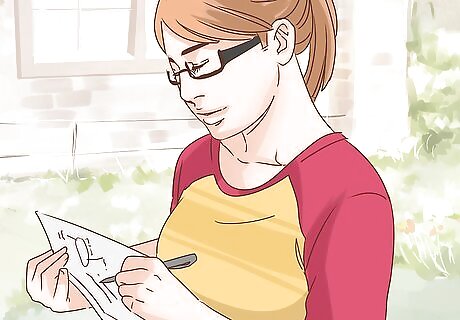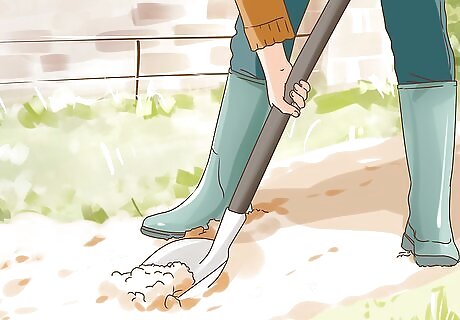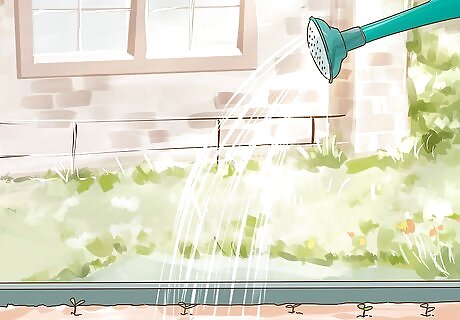
views
Planning Your Garden

Choose a site. The very first step in creating a flower garden is to determine the garden’s location. Walk around your property and determine the best location for your flower garden to live. Avoid areas that are very rocky or that have steep slopes. Stay away from large trees and shrubs, which will compete with your flowers for nutrients. Look for an area that receives adequate sunlight. Be sure you can reach your flower bed with a hose for easy watering.

Determine your hardiness zone. Each region has what is known as a "hardiness zone." Hardiness zones (categories developed by the U.S. National Arboretum) outline which plants can survive in which areas.

Trace the path of the sun. In addition to knowing your hardiness zone, it will be important for you to know how much direct sunlight, indirect sun, and shade your flower garden will have each day. Spend a few days watching the space where you would like to place your garden and track the amount of sunlight (and shade) this area receives. This will help you select the right flowers for your garden.
Selecting Your Flowers

Decide on some annuals. “Annuals” are flowers that live for only one season. Select some annuals that are well suited for fall weather. Be sure to choose flowers that will thrive in your hardiness zone. Examples of fall annuals include: Pansies Part shade or full sun Loose, rich soil Grows 4 to 8 inches (10 to 20 cm) high Deadhead for extended bloom Calendula (pot marigold) Full sun to partial shade Grows 8 to 18 inches (20 to 46 cm) high Deadhead for extended bloom

Choose some perennials. “Perennials” are plants that bloom over and over again each year. For your fall flower garden, you will want hearty perennials that live right through the summer and bloom in the fall. Examples of these include: Russian Sage Full sun Well-drained soil Grows 5 feet (1.5 m) tall Perennial Sunflower Full sun Well-drained soil Grows 8 feet (2.4 m) tall

Sketch out a plan. Once you know which types of annuals and perennials you would like to use in your fall flower garden, begin to make a plan for where each type of flower will go. It is important to place larger flowers in the back, so that they do not block the sun from smaller flowers. You should also consider the various colors of your fall flowers, and aim to create a dynamic mix.
Building Your Garden
Start planning in the spring. Though you are designing a fall flower garden, you should solidify your plans in the spring. Add compost to your garden in the spring so it has time to break down into usable nutrients before the fall. You may want to plant perennials in the back of your garden and annuals in the front. You could even plant some spring or summer annuals before you plant your fall flowers.

Dig your flowerbed. Using a flat shovel, begin to dig up the grass about 4–5 inches (10–13 cm) around the bed’s perimeter. Then carefully lift out the grass (or peel back the sod). Remove any debris and loosen the soil. When you are finished, use a rake to level the bed. You may also use herbicide to kill the grass, but you will have to wait until the following season to plant flowers there.

Purchase your flowers. Chances are, you do not want to waste time allowing flowers to sprout from seeds. Instead, it is best for you to purchase flower “starts.” These baby plants are available at most nurseries, and many hardware stores.

Plant your flowers. Once your flowerbed is ready and you’ve purchased your starts, you can plant your flowers. Be sure to have a small trowel and possibly some gardening gloves. First, water your flowers in their pots. Carefully remove each flower, and pry apart matted roots with your fingers. Dig a small hole for each flower. Add “slow release flower food” or compost to the bottom of each hole, if desired. Insert your flowers into each hole, and fill in the soil around the plant.

Water your plants. Once your flowers are planted, you should water them thoroughly. After this, you will need to follow the watering guidelines for each type of plant. Create a watering schedule for yourself, so that you are sure to keep your flowers healthy and hydrated.


















Comments
0 comment